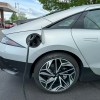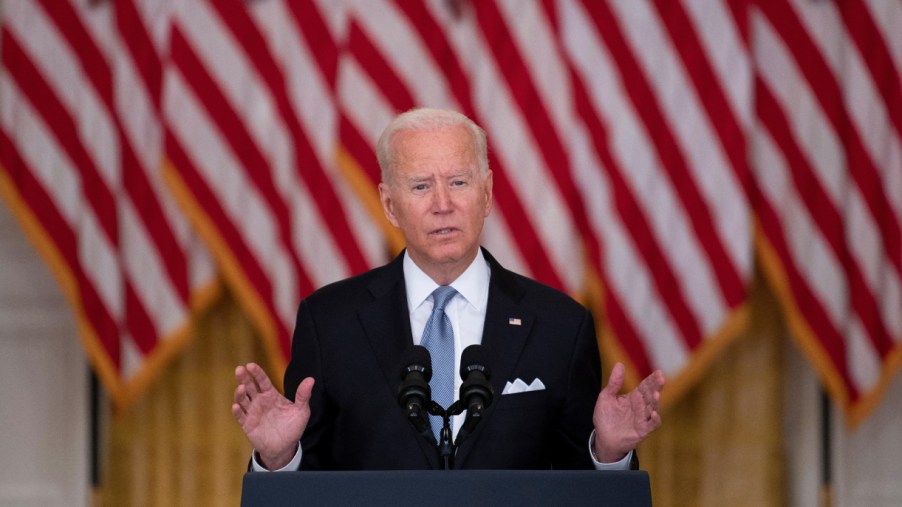
How the US Senate’s Trillion-Dollar Infrastructure Bill Will Improve EV Charging
The United States government just pledged $1 trillion to infrastructure. As part of this infrastructure bill, close to $7.5 billion is being allocated to electric vehicle charging infrastructure. EV charging infrastructure is integral to the progression of electric vehicle production and consumption as the vehicles become more common. What will the U.S. look like after this huge EV infrastructure assist from the government?
Is charging free?
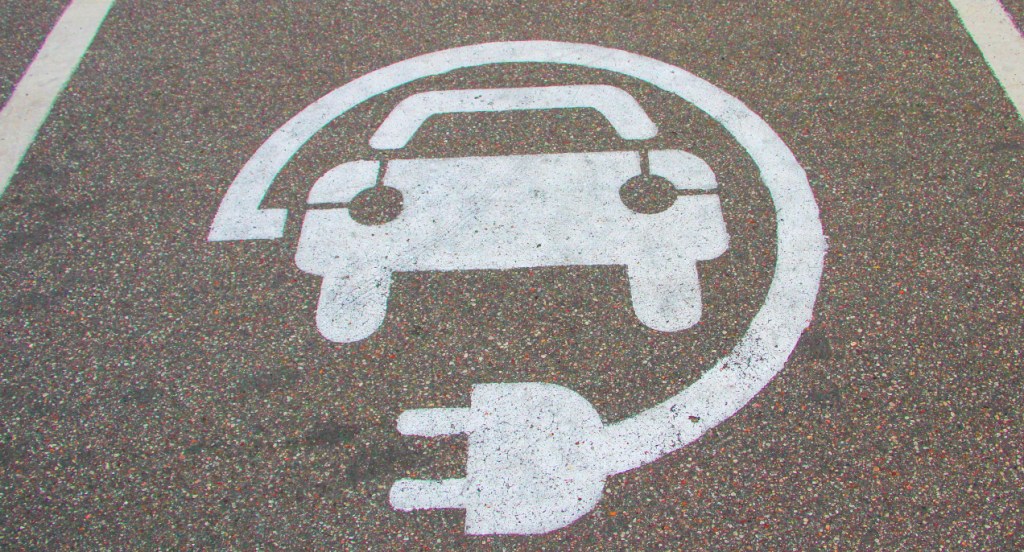
Electric vehicle charging has been a major issue for EVs. The process is still being refined. Electric vehicle charging infrastructure is in need of major improvements. There are many free EV charging stations across the country, and this new infrastructure bill could potentially produce many more. There are other charging stations that well…charge to charge.
Charging the popular Tesla Model 3 Standard Range trim costs roughly under $12 at a Tesla Supercharger Network station. While refueling electric vehicles is already relatively inexpensive, offering more free charging station options will definitely entice more American consumers to purchase EVs. Who doesn’t like free stuff?
Imagine a world where you can pull your new EV into a local park or highway rest stop and quickly charge your vehicle for free. This new infrastructure bill could allow for the rapid growth of electric vehicle charging stations in America, making them so common that range anxiety could disappear entirely.
What are the charging levels for EVs?
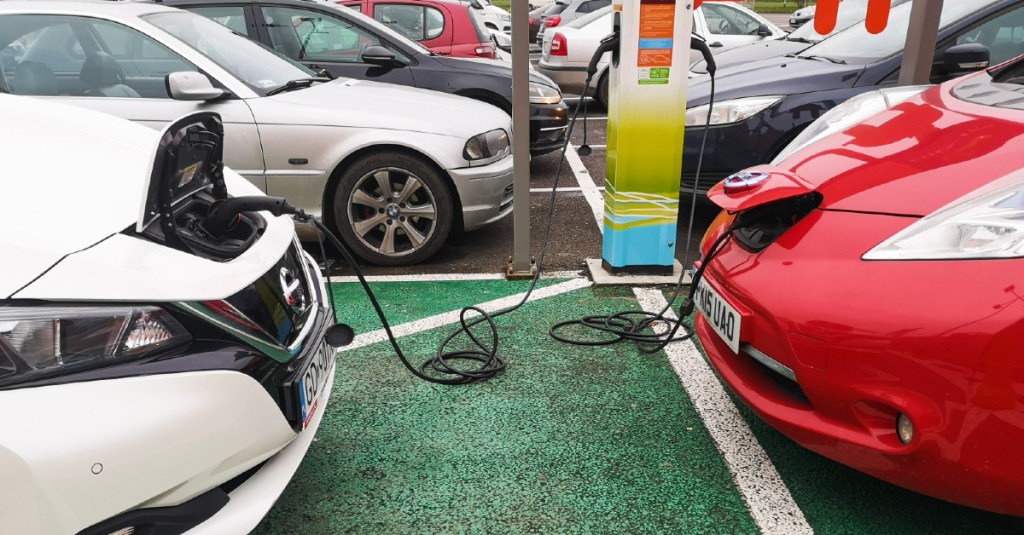
Not all electric vehicles are made equally. Neither are all electric chargers. Different EVs require different Kilowatt hours (kWh) to charge. Some EV chargers dispense more kilowatts than others. There are three levels of electric vehicle chargers.
Level 1, Level 2, and Level 3 charging are the three EV charging tiers. Level 1 charging uses a simple 120-volt outlet and is the least powerful of all EV charging tiers. This level of charging provides the slowest charge by far, averaging only three to five miles of battery range an hour. This is the type of charging provided by plugging EV charging accessories into standard household outlets.
Level 2 charging is the mid-level charging tier that is most prevalent today in public. Depending on the level 2 charger’s total power output, level 2 chargers can recharge up to 80 miles of range an hour. A level 2 charger will charge most electric vehicle battery packs in about three to four hours.
Level 3 charging, commonly called supercharging, is the highest tier of electric vehicle charging available today. Level 3 chargers often dispense quadruple the voltage that Level 1 chargers do. Some Level 3 chargers can fully charge EVs in under 25 minutes. Level 3 charging isn’t recommended to be used every refueling session because it can put a strain on the EV’s battery pack.
Where the $7.5 billion needs to be invested
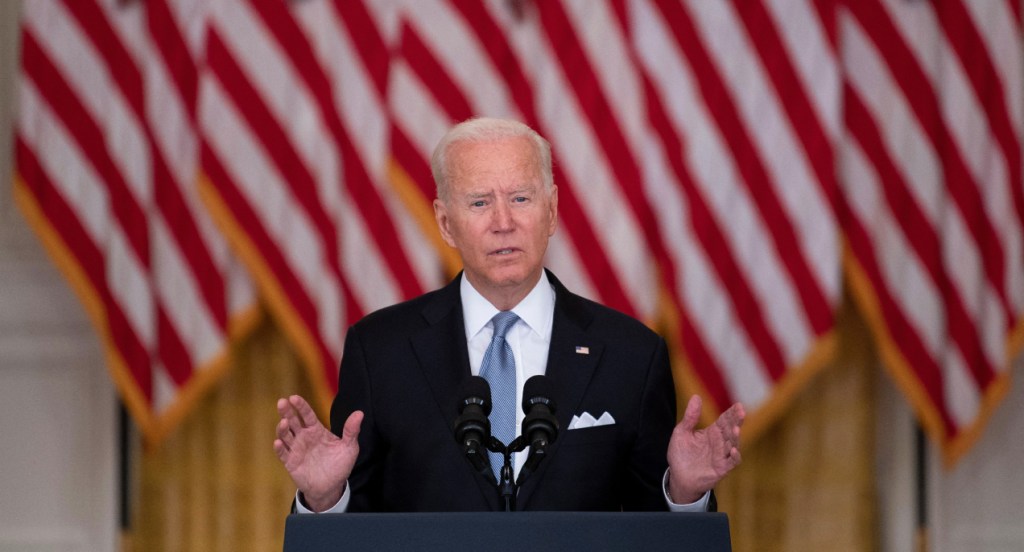
According to InsideEVs, over $7 billion dollars from the infrastructure bill will be dedicated to EV charging. This new infrastructure bill will change life as we know it. It may seem like hyperbole, but this bill will make it easier for more consumers to purchase and own EVs and thus ultimately reduce carbon emissions. This infrastructure bill could quite literally change the future if the funds allocated to EV charging infrastructure are used correctly.
Every major city in the United States of America will eventually need charging stations. If the government manages to establish free level 2 charging stations across the country, more Americans will be inclined to purchase EVs. Between the new charging infrastructure and federal and local tax incentives, the government is making it as easy as possible. If the funds allocated to establishing electric vehicle charging infrastructure are utilized correctly, this bill will propel us toward an electric future in the years to come.


